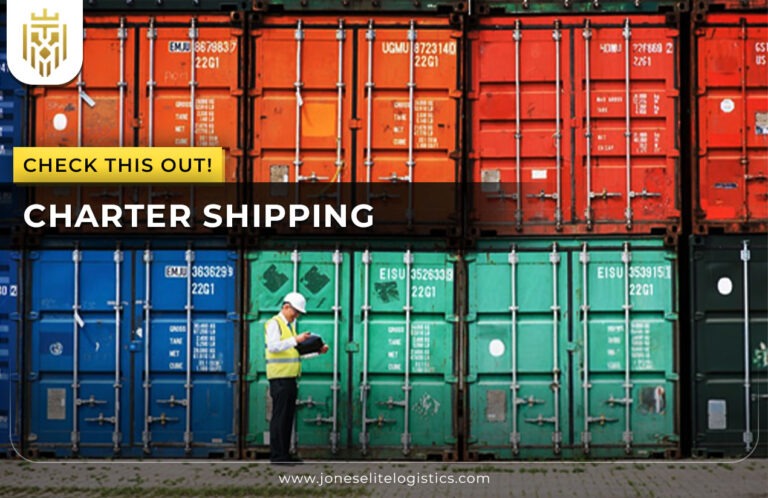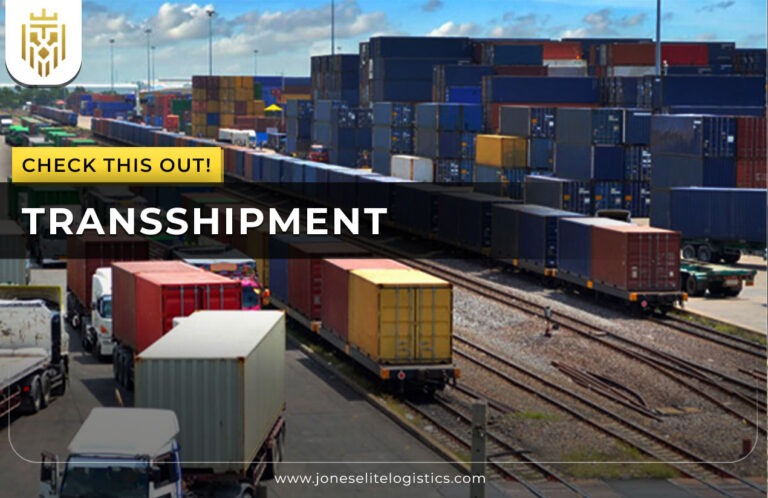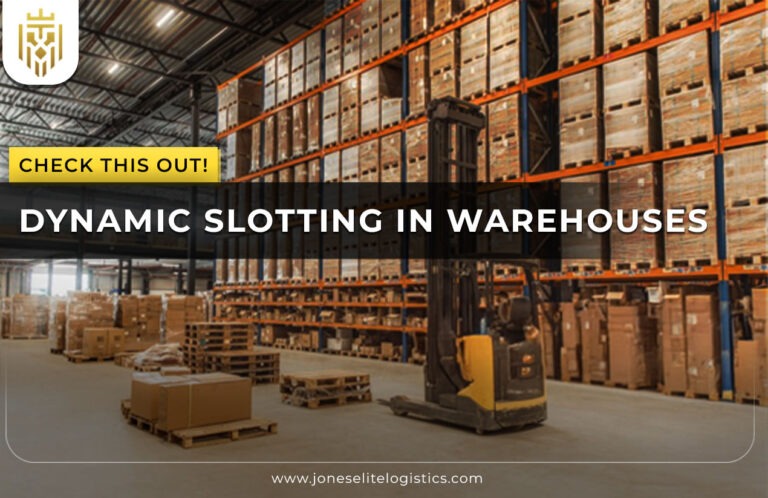What is the Pharma Supply Chain?
A pharmaceutical supply chain is a sophisticated network that integrates suppliers, manufacturers, distributors, healthcare providers, and patients to facilitate the efficient, safe, and timely delivery of medications from production to end-user. This pharma supply chain supports the overall pharmaceutical industry by maintaining high standards of safety and regulatory compliance during drug transportation.

-
How is a Pharmaceutical Supply Chain Different from a Regular Supply Chain?
Except for stringent quality control, proper temperature management and regulatory compliance are needed for pharmaceutical supply chains to operate, making a difference from other supply chains. They concentrate especially on safeguarding patient safety via product traceability and the timely delivery of temperature-sensitive and, thus, life-saving drugs. These demands emanate due to the peculiarities of the pharmaceutical supply chain, such as the cold chain logistics and the strict inventory management norms.
What is Pharmaceutical Value Chain?
Pharmaceuticals cover a whole series of operations, including R&D, clinical trials, production, distribution, and actual delivery. Value is added through each step of the value chain by innovation, quality control, and compliance, so that medicines entering the hands of end-users are safe, effective, and accessible. Pharmaceutical supply chain management addresses issues concerning each aspect of the supply chain process in a very effective way, avoiding drug shortage.
Why Implement an IoT-Based Monitoring System in Pharma Supply Chains?
IoT systems will bolster existing systems’ capabilities for real-time visibility, cold chain management, and traceability. Losses are mitigated, and medication safety is assured through strict temperature monitoring throughout the entire lifespan of the pharmaceutical supply chain. These IoT solutions further enhance supply chain visibility and are critical in preventing counterfeit drugs from entering the system, which remains a major concern for pharmaceutical companies.
-
Can a Pharmaceutical Monitoring Solution Effectively Bridge the Gaps in the Existing System?
Yes, it facilitates the end-to-end visibility, reduction of human error, environmental control facilitation, and accountability enhancement. It helps to counter inefficiencies, regulatory non-compliance, and delays in occurrences along the pharmaceutical logistics and supply framework. These solutions also boost supply chain performance, enabling supply chain leaders and pharma companies to respond faster to any supply chain disruption.
What is a Pharmaceutical Distribution System?
A pharmaceutical distribution system provides for the smooth transfer of medicines from the manufacturer to a pharmacy or a hospital. This includes warehousing, transportation, regulatory checks, and timely supply to ensure uninterrupted access to essential medications. Efficient chain management in this phase reduces the risk of drug shortages and strengthens the backbone of the pharma supply chain, ensuring medications reach even remote areas reliably.
-
Ensuring Steady Medicine and Vaccine Flow:
This system guarantees the uninterrupted supply of medicines, especially in times of health emergencies. Logistic support, forecasting, and inventory management reliably ensure continued access to vaccines and essential medicines in population centres and rural areas. These practices are crucial to avoiding drug shortage, which can critically impact treatment timelines across the pharmaceutical industry.
-
Enhancing Value Across the Pharmaceutical Ecosystem
Distributions support value by ensuring available medicines, greatly reducing lead time to maintain drug integrity, thereby assisting healthcare providers in timely and effective treatment for patients in the healthcare ecosystem. The efficiency of this system depends heavily on strong coordination between pharmaceutical companies and their supply chain partners to achieve maximum effectiveness.
-
Managing Pharmaceutical Products with Accountability:
Through proper monitoring, auditing, and secure handling, accountability is provided for pharmaceutical distribution. This reduces errors, fraud, and ensures compliance at every stage of the distribution process with regulations. Modern supply chain management systems also play a major role in preventing counterfeit drugs and maintaining safety throughout pharmaceutical manufacturing and delivery.
How Does Pharma Supply Chain Work?
The pharma supply chain operates through a series of steps, from sourcing raw materials to delivering finished medications to patients. It involves coordination among multiple stakeholders to ensure the safe and timely delivery of medicines. For every pharmaceutical company, this seamless coordination is vital in avoiding supply chain challenges and ensuring that no stage faces a critical breakdown or inefficiency.
Core Players in the Pharma Supply Chain
The key stakeholders in the pharma supply chain include manufacturers, distributors, packaging companies, regulatory agencies, and raw material suppliers.
-
Wholesale distributors
Wholesale distributors connect pharmaceutical manufacturers with pharmacies and healthcare providers, ensuring the availability of medications. They play a crucial role in managing the logistics and inventory of pharmaceutical products. These distributors are essential for supply chain operations, especially during spikes in demand or drug shortage, and help maintain supply chain resilience across regions.
-
Packaging companies
Packaging companies provide specialized services to protect, label, and deliver pharmaceutical products safely and effectively. They ensure that medicines are packaged according to regulatory standards and remain intact during transportation.
-
Regulatory agencies
Regulatory agencies oversee and enforce standards to ensure the safety, efficacy, and quality of pharmaceutical products. They are responsible for approving drugs, monitoring adverse effects, and ensuring compliance with legal requirements.

-
Raw material suppliers
Raw material suppliers provide the essential ingredients required for the production of pharmaceutical drugs. They supply active pharmaceutical ingredients (APIs) and other materials necessary for drug formulation and manufacturing. The strength of the global supply chain is often tested at this stage, making supplier reliability crucial for pharmaceutical companies.
Critical Steps in the Pharma Supply Chain
The essential stages in the pharma supply chain include R&D, manufacturing, packaging, distribution, and dispensing
-
Research and Development
R&D involves the discovery, testing, and development of new pharmaceutical products. This phase includes clinical trials, regulatory approval, and product formulation. This phase includes clinical trials, regulatory approval, and product formulation. Continuous innovation by pharmaceutical companies not only fuels progress in drug development but also addresses supply chain challenges such as delays in availability of generic drugs and prescription drugs.
-
Manufacturing
Manufacturing transforms raw materials into finished pharmaceutical products through standardized processes. It ensures that medicines are produced consistently, meeting quality and safety standards. Pharmaceutical manufacturing facilities must integrate advanced supply chain management solutions to avoid issues such as batch failure, inefficiencies, or drug shortages.

-
Packaging
Packaging ensures that pharmaceutical products are safely and accurately labelled for distribution. It involves protecting the products from contamination and ensuring they reach the end-users in optimal condition. In the pharmaceutical industry, proper packaging is critical to prevent counterfeit drugs from entering the pharma supply chain and to uphold product integrity during transport.
Bulk Distributors and Repackagers
Bulk distributors and repackagers handle large quantities of pharmaceuticals, repackaging them for end-users. They play a key role in ensuring that medications are appropriately sized, labelled, and ready for dispensing. Their operations are essential to supply chain performance, especially when managing stock flow during drug shortages or rising demands for essential medicines.
Pharma Supply Challenges
The pharma supply chain faces challenges such as visibility, data collection, transparency, and security.
-
Inadequate Visibility of the Cold Chain
Limited oversight of the cold chain can lead to compromised pharmaceutical product integrity. This can result in reduced efficacy or even spoilage of temperature-sensitive medications. Enhanced monitoring tools are vital to maintain cold chain logistics and ensure timely delivery by pharmaceutical companies and logistics providers.
-
Real-time data collection
Challenges in real-time data collection can hinder timely decision-making and supply chain efficiency. Accurate and timely data is essential for monitoring and managing the pharma supply chain effectively. Using integrated IoT and AI solutions helps supply chain leaders detect disruptions and reduce risks in supply chain operations.
-
Supply chain transparency
A lack of transparency can result in inefficiencies and increased risks within the pharmaceutical supply chain. Transparency is crucial for ensuring compliance, traceability, and accountability across all stages. Improved collaboration among supply chain partners ensures smoother workflows and mitigates the chances of supply chain disruption.
-
Safety & Security
Ensuring the safety and security of pharmaceutical products throughout the supply chain is a critical challenge. This includes protecting products from theft, tampering, and contamination. Strategic safeguards implemented by a pharma company help reduce losses, prevent the infiltration of counterfeit drugs, and enhance the trust of healthcare providers and patients alike.
Strategies to Tackle Disruptions in Pharma Supply Chains
Because if we comply with the regulations, partner strongly, invest in sustainability, and integrate tech, we can guarantee resilience and safety of products, timely deliveries, and smoother operations during crises or demand surges for any disruption to the pharma supply chains.
-
Regulatory Compliance and Quality Assurance
Compliance with international standards and regular audits guarantee product safety and efficacy; quality assurance at all phases helps in minimizing disruptions due to recalls, delays, and regulatory failures in the supply chain. For any pharmaceutical company, regulatory compliance enhances brand credibility and ensures high supply chain performance across global markets, especially when handling generic drugs and high-risk drug products.
-
Establish Strong Partnerships
Partnership with credible stakeholders provides flexibility, access to resources, and crisis reactions. Alliances guarantee supply continuity, with the ability to mitigate disruptions and facilitate efficient communication throughout the pharma supply chain network. Reliable coordination with supply chain partners ensures a stable flow of medications even during drug shortages, making this a top priority for pharma supply chain leaders.
-
Sustainability and Efficiency
Green practices, waste reduction, and efficient transport routes minimize expenditures with a lower impact on the environment. These sustainable supply chain operations are resilient in the long run and are designed to keep pace with changing requirements from regulation and consumers. Pharmaceutical manufacturing facilities adopting eco-friendly solutions contribute to reduced waste while maintaining timely delivery of drug products to patients.
-
Collaborate With Logistics Providers to Streamline Operations
Third-party logistic providers bring their knowledge, scalability, and technology into pharma supply chains. They ensure timely and secure delivery of temperature-sensitive deliveries by improving operations such as warehousing, route planning, and distribution. This collaboration enhances cold chain logistics and prevents failures in inventory level management during demand spikes.
-
Leverage Technology to Streamline Medication Deliveries
AI, IoT, and digital platforms allow for real-time tracking, predictive analytics, and automation. These technologies improve accuracy, minimize delays, and optimize delivery operations in the pharmaceutical supply chain ecosystem. By leveraging these tools, pharma supply chains can achieve enhanced supply chain visibility and more efficient drug product management, especially in handling cold chain logistics for temperature-sensitive medications.
FAQs
1) What is the Pharma Supply Chain?
A pharmaceutical supply chain is a sophisticated network that integrates suppliers, manufacturers, distributors, healthcare providers, and patients to facilitate the efficient, safe, and timely delivery of medications from production to end-user.
2) How Does the Pharma Supply Chain Work?
The pharma supply chain operates through a series of steps, from sourcing raw materials to delivering finished medications to patients. It involves coordination among multiple stakeholders to ensure the safe and timely delivery of medicines.
3) What are the challenges of the Pharma Supply Chain?
The challenges are: Inadequate Visibility of the Cold Chain, Real-time data collection, Supply chain transparency, and Safety & Security
4) What are the Steps in the Pharma Supply Chain?
The steps are: Research and Development, Manufacturing, Packaging, Bulk Distributors and Repackagers.









